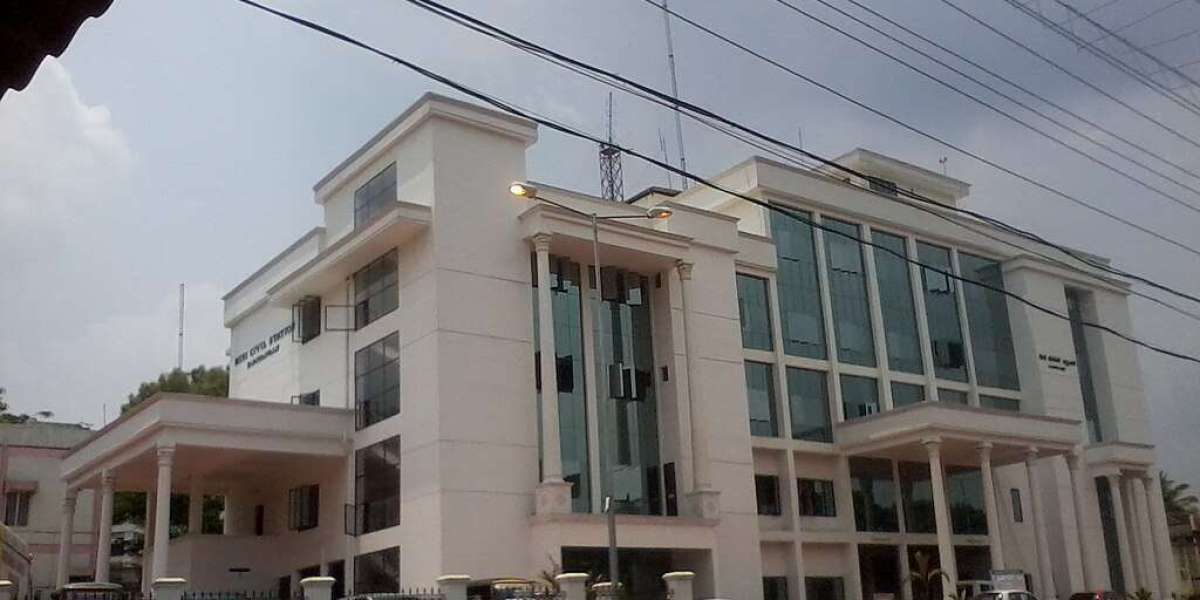Demographics
According to 2011 census-based estimates, the constituency had a rural population of ~234,746,
with Scheduled Castes at ~8.99% and Scheduled Tribes at ~0.57%. Religious composition includes a
significant presence of Syrian Christian (mainly Catholic) agrarian communities, along with Nair,
Ezhava, and Hindu groups; Islam is present to a lesser extent. Literacy is high (~96.4%) and female-
to-male ratio favors women.
Economic Profile & Peculiarities
The local economy is anchored in agriculture, notably rubber plantations in Kanjirappally taluk and
cash crops in Manimala and surrounding panchayats. Many households rely on NRI remittances,
particularly from Gulf-based Kerala expatriates, which significantly supplement income. Towns like
Ponkunnam and surrounding market centers host trade and small businesses, retail, educational
services, and transport activity ~ supported by the town’s role as a taluk hub with institutions like
the regional transport office and courts in Ponkunnam. The blue economy is minimal here—there is
no coastline, and river-based fisheries or navigation remain small-scale if any.
Economic Strata
The majority of residents fall into the middle-income bracket, buoyed by remittances and
agriculture. The high literacy, rural but entrepreneurial profile, and cash-crop cultivation enable
comfortable livelihoods. BPL households exist but are limited. High-income families are relatively
few—mainly those with high-earning NRIs or successful agrarian enterprises.
Recent Development Initiatives
Recent years have seen attention to rural infrastructure: road repair and widening across panchayats
like Karukachal and Vazhoor, improved bus shelter installation, and LED street-lighting in key rural
wards. Agricultural extension services have expanded, and small-scale agro-processing units have
been encouraged. The local administration has enhanced flood mitigation and drainage systems
along the Manimala River, helpful during monsoons. The Pathanamthitta Lok Sabha constituency
projects—including better voterfacilities and deployment of videography at booths—also raised
visibility and resources for Kanjirappally’s electoral infrastructure in recent elections.
Serving its electorate via 181 polling stations, Kanjirappally Assembly Constituency is defined by rural
landscapes, rubber-rich plantations, and a literate, middleclass populace heavily supported by NRI
remittances. Agriculture and smallscale trade sustain the economy. With infrastructure upgrades,
flood-management systems, and enhanced civic amenities being implemented, the region is
gradually advancing toward balanced socioeconomic development—rooted in its agrarian dynamics
but supported by global connections.







